Shooting film for commissioned work is unfortunately becoming much rarer, despite the efforts of communities like this blog to keep the medium alive. For hobbyists and fine artists it is still a popular medium, but considering there are photographers who can upload their work live from their cameras directly to the internet for up-to-the minute news, fashion, lifestyle updates it is difficult to compete.
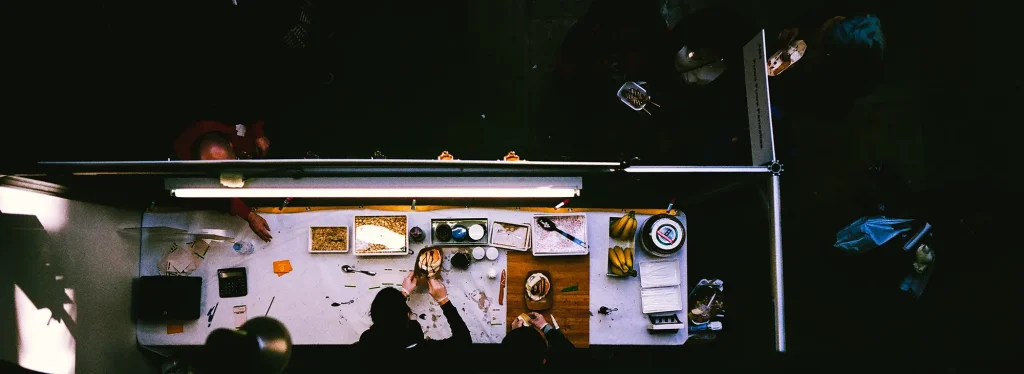
Since I took on photography as a full time commitment I have been trying to provide my clients with more of an experience based photography service, as at this point the actual photographs tend to take care of themselves – my actual shooting workflow is as tight as it will ever be with digital cameras.
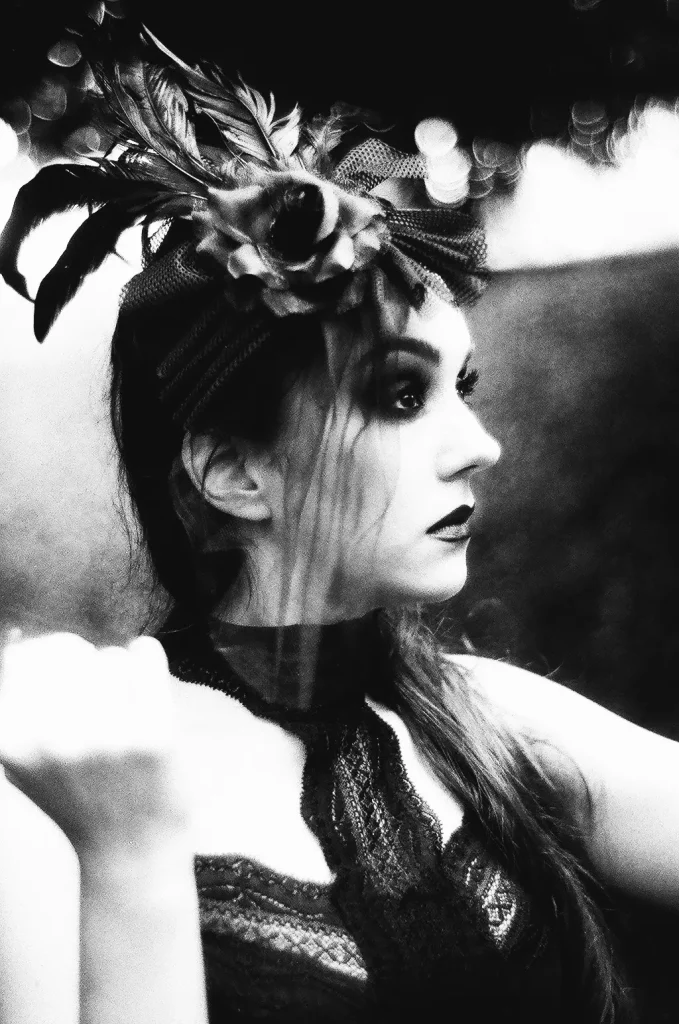
Part of this experience, which I am trying increasingly to incorporate, is the inclusion of unique film photographs, shot either on my CL or my Hasselblad XPan.
The Concept
Although I try to carry at least one film camera to accompany my digital at all times it is still useful to have some ideas of what to look for, rather than spending my film spontaneously (although I do that as well).
Currently the upper right hand corner of my desk is cluttered with a pile of sketches and notes of ideas for compositions, types of contrast and light to keep an eye on, often leftover from previous assignments, where I thought of an idea too late and am hoping to implement in the future. I especially do this for the XPan; I think it makes sense to keep a steady hand on applying such a unique format.
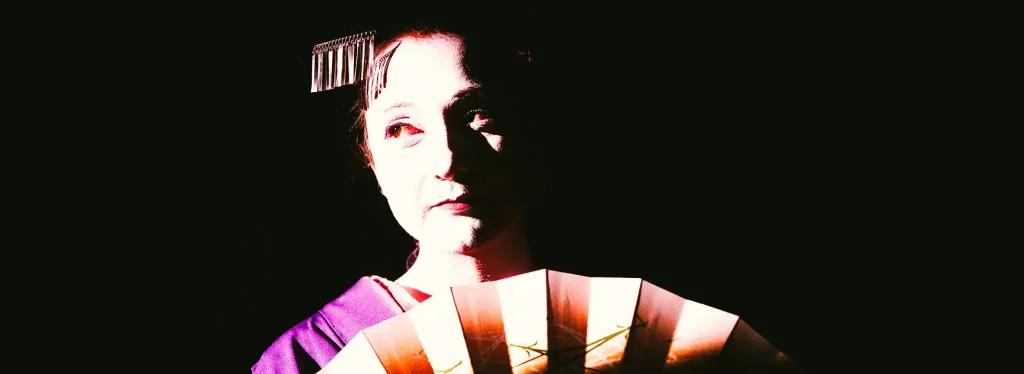
Planning out concepts has helped on a few occasions; I try and have a rough idea of what I’m after whether on film or digital – it just makes sense, and makes it a lot easier to build a coherent series of images to eventually deliver to the client.
For example, I have a few ideas for portraits that will look under a certain type of neon, on XP2. I can’t guarantee when this situation will arise, but if it happens during an assignment it will be a shot I know will win the client over. I also have sketches of repeating patterns and shapes, which I can keep a look out for when using the XPan – again, to really guarantee results.
The Pitch
Luckily, due to the often-journalistic nature of my current photography assignments, I am free most of the time to decide on the format and style for my image based on what I want from them, as long as they tell a good story for the client. However I do like to “interview” with my client to really see what direction they want to take the images in, and to guide their decisions in order to create the best results.
After all, a photographer will be hired on the strength of their portfolio of previous work, so a client can expect from me roughly what I have delivered in the past – if they dislike my images and style it is unlikely they would consider me in the first place. I also wouldn’t accept a client with drastically different expectations and usually refer them to someone more suited to their needs.
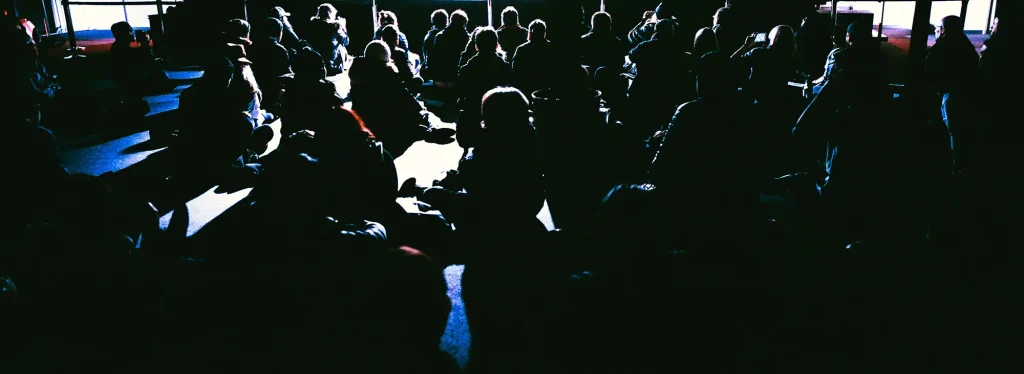
During these interviews, I can use the sketches and notes I mentioned above, and can pitch very specifically and even arrange to use some of those concepts specifically if the client especially wants them. I can discuss the aesthetic requirements, and general purpose of the images, and can use this time to suggest applications and recommend how best they can be displayed.
While doing this I try and clearly differentiate between what I hope to achieve digitally and what images will uniquely work on film.
This way I don’t have to justify my desire to use film, but explain to them specifically why and how these images will be different, and why that is (usually) something positive. I’ll often do this through conversation, but recently have been using email for this process. I’m working on an article on my own blog, which will eventually replace this interview process altogether and ought to provide a comprehensive breakdown of what I provide in different situations.
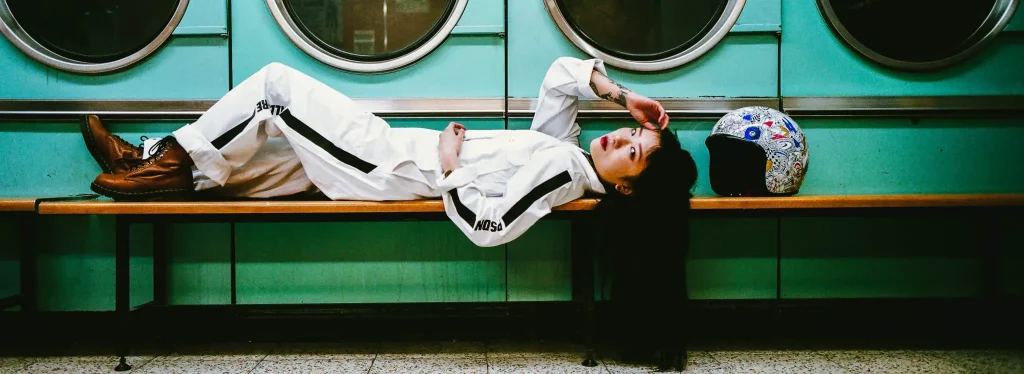
The strength of film in my pitch is as a device to entirely seduce the client with a product that very few other photographers offer. For example, I was hired to shoot a fashion concept for Playset LDN, based on the designer himself wanting the cinematic style I have been working on in a lot of my personal and commercial work. After I told him what I hoped to achieve through using the XPan he was very enthusiastic, and I think the actual results from that shoot are almost exactly what I had in mind when discussing it with him.
The Execution
The first assignment I consciously made the decision to bring a film option and shoot it deliberately and seriously was MCM London Comic Con, back in October 2017. I took my Leica CL, loaded with XP2, and shot three rolls of atmosphere, portraits, and candid scenes.
I had only really brought the CL with me on a few portrait assignments before that, but only used it incidentally, and without too much of a plan. I’ve written a little more in depth about these assignments, as well as Comic Con on my own blog, as well as on earlier guest posts here.
Based on the positive feedback from these images I decided to really up my game, and to search for a way to use film for a unique style – to offer something distinct from my “competition.”
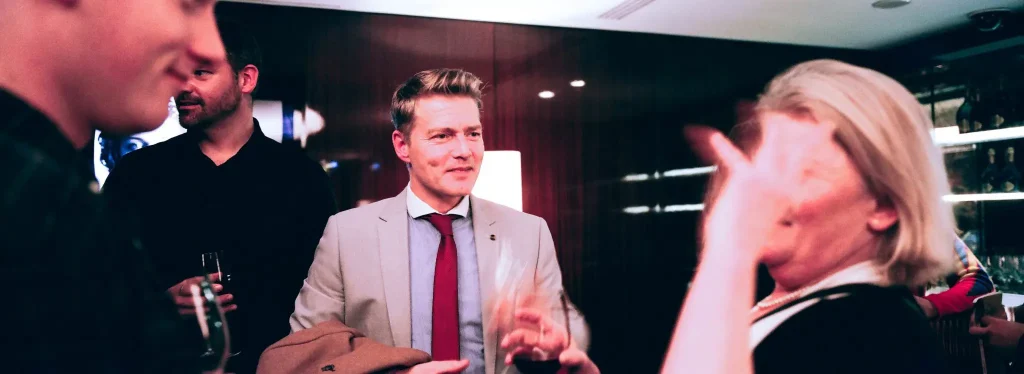
I had been aware of the XPan for some time, my opinion of it based on results from my one of my all time favourite photographers, Walter Rothwell. I had been avoiding the XPan due to its scarcity and expense, but also because until then I couldn’t justify owning a novelty camera, and doubted I would use it at all. After my positive experience with film so far I eventually managed to find an XPan for the right price, and picked it up.
I then had the opportunity to break it in while shooting on assignment at the Hyper Japan Christmas Market, a yearly celebration of Japanese culture in London.
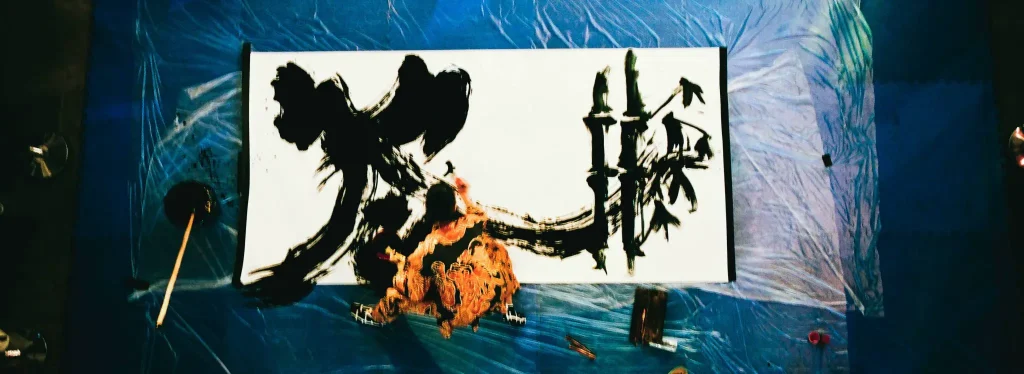
There was something special about shooting at Hyper Japan with Japanese film (Fujifilm Superia 400) and on a (essentially) Japanese camera, at a Japanese event. It was a real conversation point, and I regret not having more than the three rolls of Superia in order to take everyone’s photograph who asked, rather than forcing myself to be frugal with my shutter.
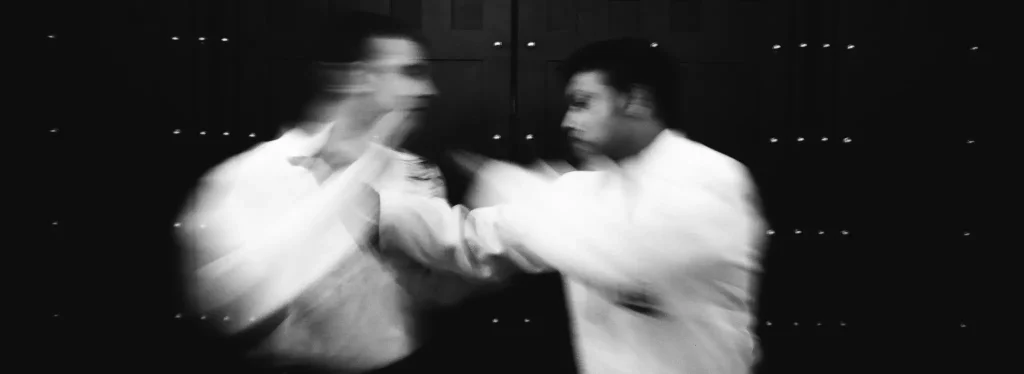
I really look forward to tightening my film workflow over the coming months, as well as experimenting with different films and situations. I really think this is a unique way to work, especially when treated with that uniqueness in mind.
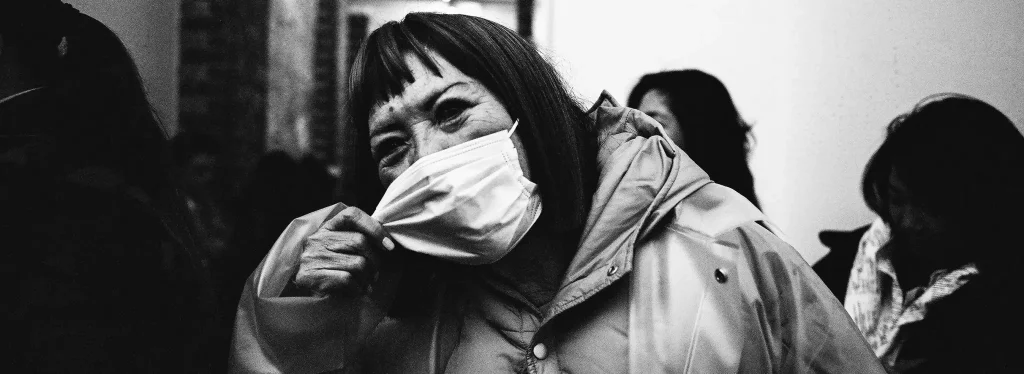
Switching between film and digital on the fly was difficult to begin with, but it didn’t take long to figure out the best way to have both options close and accessible, without blurring the lines between the mind-set I use for each.
When shooting on assignment I will usually keep my digital camera secured around my wrist, and my film option either in my bag or around my neck. This way I can easily and quickly switch between the two workflows without worrying that one or the other will become inaccessible. I recently switched the strap on my Hasselblad to a much shorter Artisan & Artist design, so that it doesn’t get tangled (which only happened once!)
When photographing events especially, where I don’t answer to the event team themselves, rather for external magazines and online publications I find I have less time for film photography, as the necessity is for publication in the next issue while the events are still relevant.
For fine arts or fashion commercial shoots I have longer, and generally the designers and art directors are more understanding and creative, and allow for more time for development and scanning when they understand the aesthetic I’m after.
The Delivery
“Professional” photography more often than not means deadlines, and these mean creative control and compromise. For speed and convenience, there is no question, film simply cannot compete with digital photography today.
Digital images I can usually turnaround within a day or so – curated, edited, and optimised. Film requires a longer process, and because of this I will never use film for “essential” images unless I’ve specifically discussed that with the client, and have a separate deadline for delivery.
I rarely edit my film work after the scan, aside from a few tweaks to remove dust, so I mostly don’t need to spend a long time working on the images after they are scanned.
My clients have been comfortable so far with using the bulk of my digital images to begin with while waiting for the film to be ready. I will upload the digital scans to whichever file-sharing service I shared the digital images, and the client can download them from there.
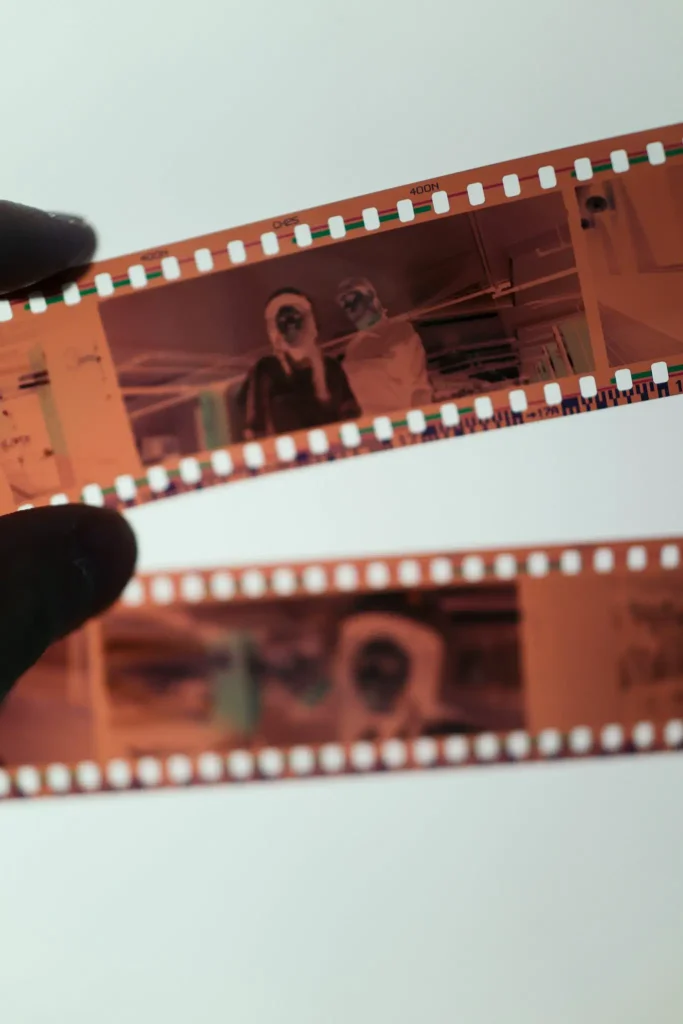
I’ve also found that clients love behind the scenes type images of the negatives themselves, it really adds to the bragging rights and “completeness” of the service to deliver something like this. Almost the icing on the cake.
Conclusions
When weighed against digital film as a medium offers me personally very little – this is why I choose to use such a unique format camera as my film-standard. Although the argument between film and digital has gone on since digital cameras started to overtake film in terms of sheer access and quantity when it comes to the professional application there are only a few factors that will sway a digital shooter – regardless of the subject matter.
Resolution and dynamic range are possibly the least important factors, as even entry-level DSLR and Mirrorless options will allow for fantastic levels of both of these, rivaling film both technically and practically. I sometimes find film speeds to limit me a fair bit, especially on the XPan with the fastest aperture of f/4. I’m happy with using my XP2 at 800, although this is three stops less than I’m able to comfortably use on my digital cameras.
The grain and colour, the “look” of film is a little more contentious, as products like VSCO seek to being digital tonalities closer to the nostalgic film idyll. I tend to stick with black and white film, so I’m not an expert on different film looks, but I know that it may take a while for digital to catch up in terms of creating less clinical, “organic” images. For a specific film look, for the moment, you are better off using that specific film.
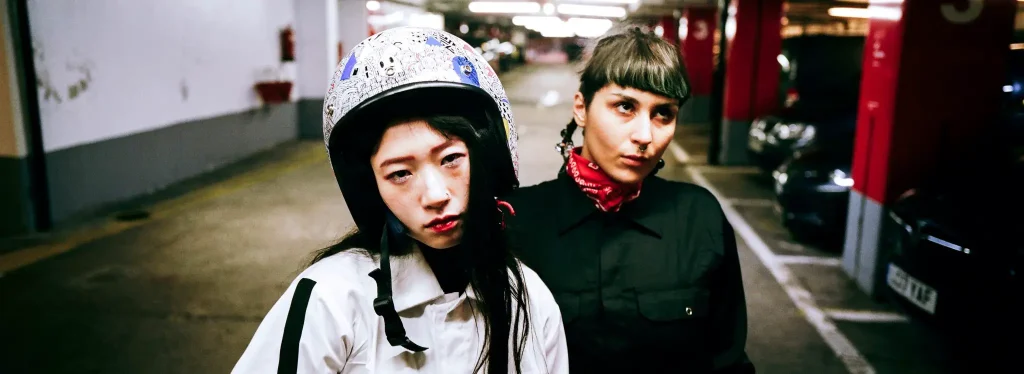
This leaves the “ritual” or habitual aspect of film photography, which is what many artists really associate with the medium. I think I’ve been using digital for long enough to have developed some of my own rituals, and find no nostalgia in working with developing and scanning film – although perhaps in time these will develop too. For those who shoot film for the way it feels there is little that can replace it, professional or otherwise.
When it comes to the professional perspective, I think that for offering the client something truly unique, to offer the client “artistic bragging rights”, to offer a truly visceral series in black and white, or deeply dramatic and moody with something like CineStill I think film still has its place in the competitive commercial market.
I don’t think I would ever shoot a project exclusively on film unless I’d specifically been asked to, but as far as offering clients something unique I think film is one of the best places to start looking. The XPan is not the only means of creative framing with film, and there are things you can do to play with the colour of the film itself and so on that really give the right creative a chance to express a style that is utterly your own.
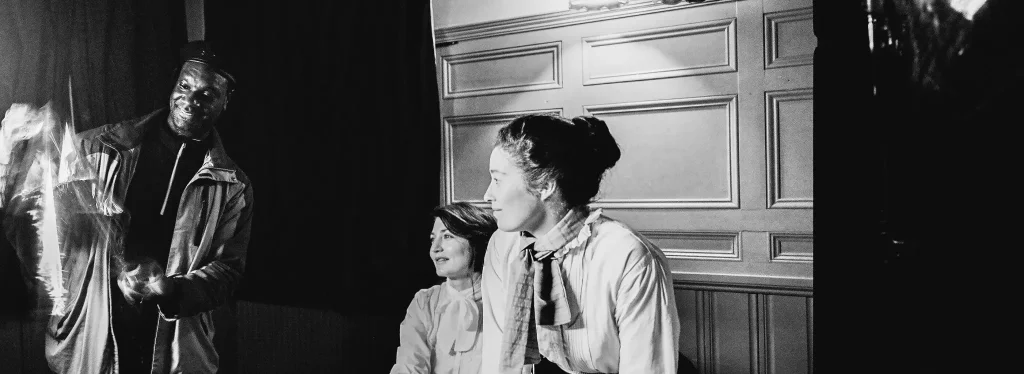
For me, there is a definite mental distinction between shooting digital exclusively, shooting film exclusively, and augmenting the two simultaneously. To me, a series of images which flows and upholds a narrative regardless of format and style will always be better than a series of technically perfect images that do not “work” alongside each other. For me personally, shooting professionally will always require an augmentation between digital and film, using each for their strengths and aesthetic in the moment, rather than choosing one or the other indiscriminately.
Thanks for taking the time to read my thoughts and look at my photographs! If you liked these I’d really appreciate if you followed my Instagram for a rolling feed of my best work. In my bio there you’ll also find a link to my blog where I talk about all kinds of photography, as well as my day-to-day life as a creative photographer.
Share this post:
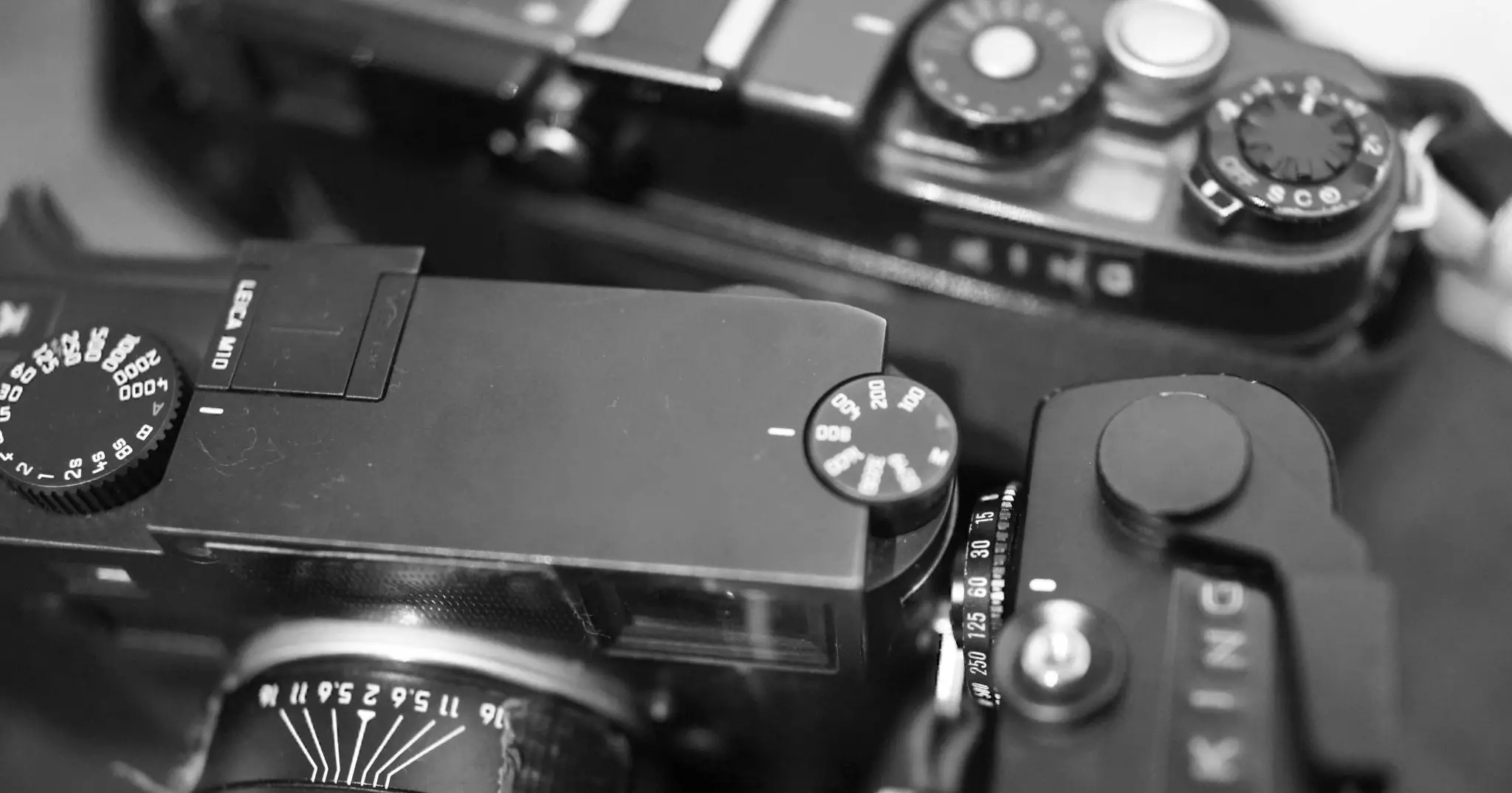








Comments
Terry B on Shooting Film on Assignment: Can it Compete with Digital? – by Simon King
Comment posted: 19/03/2018
Comment posted: 19/03/2018
Art Tafil on Shooting Film on Assignment: Can it Compete with Digital? – by Simon King
Comment posted: 19/03/2018
I know that my eyesight is not what it once was when I was a young Marine Corps fighter pilot with 20/10 vision.
Now it has degraded to 20/30. I know that there will be people that'll say, I wish I had 20/30 vision. Only another former or current fighter pilot can understand.
Anyway, even though I resisted going digital I do all of my job photos in digital. For doing forensic investigations you can't beat it. It's so easy to insert images into a word document or a PDF that I could never reach some of my deadlines using film and scanning.
Just my humble opinion.
Comment posted: 19/03/2018
Kodachromeguy on Shooting Film on Assignment: Can it Compete with Digital? – by Simon King
Comment posted: 20/03/2018
Comment posted: 20/03/2018
Karl Valentin on Shooting Film on Assignment: Can it Compete with Digital? – by Simon King
Comment posted: 21/03/2018
To be honest the most of them wouldn’t even spot the diffference
That’s why I almost just use film for my personal projects or fun taking pictures with old cameras without the pressure to deliver the results to a deadline
Using film is not just the final picture it is also the imagination and the surprise between what you think you shot and what cought right ?
Comment posted: 21/03/2018
Russ Butner on Shooting Film on Assignment: Can it Compete with Digital? – by Simon King
Comment posted: 23/03/2018
In the past, I have shot numerous weddings on film. And in some instances, the clients insisted on it.
Russ
Tadeas Plachy on Shooting Film on Assignment: Can it Compete with Digital? – by Simon King
Comment posted: 26/03/2018
Good thing was, it was a long term project so I had option of checking my work constantly and adjust exposures etc. so on the last fight I was at the top of my game shooting this sport.
Comment posted: 26/03/2018
Dan Castelli on Shooting Film on Assignment: Can it Compete with Digital? – by Simon King
Comment posted: 27/03/2018
I believe the photographer Cig Harvey shoots on color film stock. She has an impressive list of clients and a great body of personal work.
It's a matter of educating the client, sometimes holding their hand and telling them it'll be OK. Clients are like people in many ways. They are afraid to try something new; they find comfort in the tried & true.
Comment posted: 27/03/2018
Eddy Lambert on Shooting Film on Assignment: Can it Compete with Digital? – by Simon King
Comment posted: 26/04/2018
Comment posted: 26/04/2018
Gideon Smit on Shooting Film on Assignment: Can it Compete with Digital? – by Simon King
Comment posted: 26/06/2018
Comment posted: 26/06/2018
My First Roll of Kodak Portra 400 - by Simon King - 35mmc on Shooting Film on Assignment: Can it Compete with Digital? – by Simon King
Comment posted: 02/08/2018